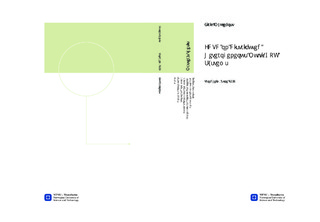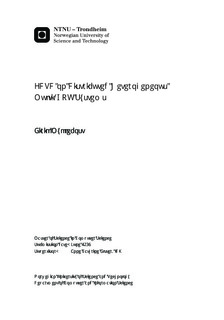| dc.description.abstract | Finite-Difference Time-Domain (FDTD) is a popular technique for modeling computational electrodynamics, and is used within many research areas, such as the development of antennas, ultrasound imaging, and seismic wave propagation. Simulating large domains can however be very compute and memory demanding, which has motivated the use of cluster computing, and lately also the use of Graphical Processing Units (GPUs).The previous work of Andreas Berg Skomedal's master thesis from May 2013 includes a heterogeneous FDTD implementation, in the sense that it schedules domains between a CPU and a GPU on a single system. The implementation is a benchmarking code based on the Yee_bench code by Ulf Andersson, and focuses on the performance of simulating many small individual FDTD domains.This thesis introduces a new FDTD implementation based on the work by Skomedal and Andersson. The code is written in C++ and CUDA, and uses a decomposition approach as opposed to scheduling, which allows for larger domains to be divided among multiple execution units. It supports the use of both a CPU and several CUDA capable GPUs on a single system, in addition to multi-node execution through the use of the Message Passing Interface (MPI). A discussion of the differences between the CUDA capable GPU architectures, and how they affect the performance of the FDTD algorithm, is also included.The results shows a performance increase of 66% when simulating large domains on two GPUs compared to a single GPU. Using the CPU in addition to one or two fast GPUs is shown to give a slight improvement, but the main advantage is the possibility to simulate larger domains. Results from multi-node executions is also included, but they refer to poor performance values, due to being severely limited by a 100 Mbit/s Ethernet.The work of this thesis includes a working FDTD decomposition implementation, that can be executed on a cluster of heterogeneous systems with a multi-core CPU, and one or several CUDA capable GPUs. It is also written with the intention that it should be easily extendable to also work with non-CUDA capable GPUs. As with the previous work by Skomedal and Andersson, this implementation is only a benchmarking code, and is not suited for real world problems. It is instead intended to be used as a basis for future works, or as an example on how to do FDTD on a cluster of heterogeneous multi-GPU systems. | nb_NO |

